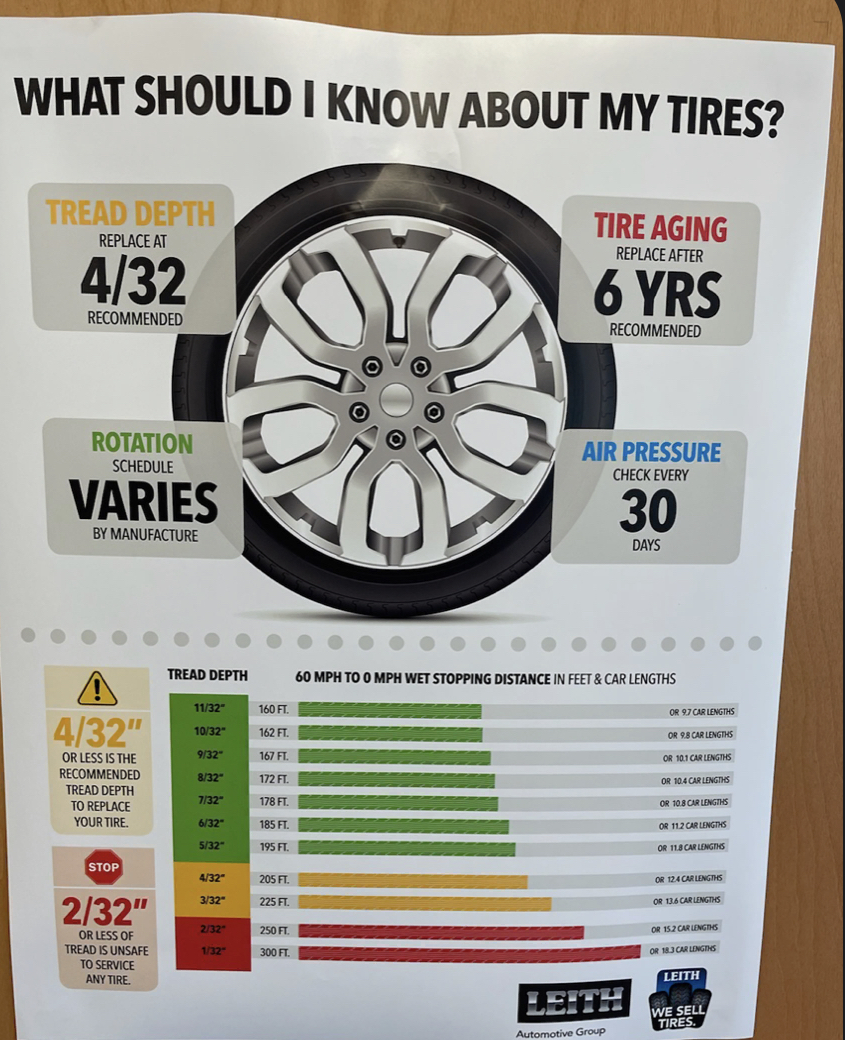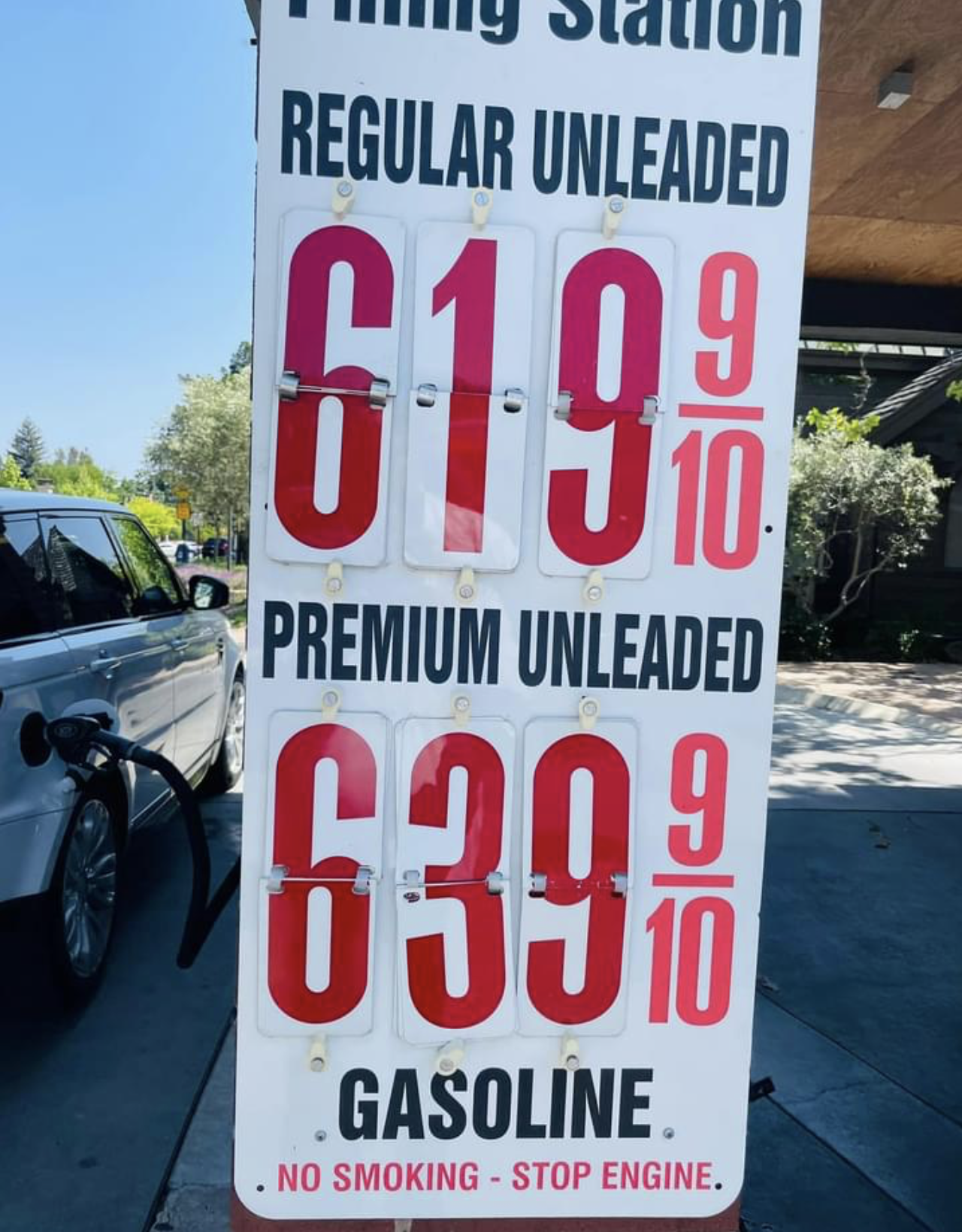Racing enthusiasts and professionals alike know that every detail counts when it comes to optimizing performance on the track. One such detail that has gained significant traction is the use of nitrogen inflation in racing tires. But why has this practice become so prevalent? Nitrogen inflation is often used in racing for optimal performance due to its myriad of benefits, ranging from enhanced tire pressure stability to improved tire longevity.
Unlike regular air, which contains a mix of oxygen, nitrogen, and other gases, nitrogen inflation involves filling the tires with pure nitrogen. This simple yet effective change can lead to a host of advantages. For starters, nitrogen molecules are larger and less permeable than oxygen molecules, which means that nitrogen-filled tires maintain their pressure for a longer period. This results in fewer fluctuations in tire pressure, which is crucial for maintaining consistent performance on the track.
Moreover, nitrogen is less affected by temperature changes compared to regular air. In the high-stakes environment of racing, where tires can heat up rapidly, maintaining stable tire pressure can be the difference between winning and losing. The reduced oxidation inside the tire also helps in extending the tire’s lifespan, making nitrogen inflation a cost-effective solution in the long run.
Given these advantages, it’s no wonder that nitrogen inflation has become a standard practice in professional racing circuits. Whether you’re a seasoned racer or a fleet manager looking to optimize tire performance, understanding the benefits of nitrogen inflation can offer you a competitive edge.
Want to experience the benefits of nitrogen inflation for your fleet? Request Fleet Pricing, contact our office at (703) 429-0382, or email Mike.LoPresti@fuelandtiresaver.com.
Table of Contents
ToggleBenefits of Nitrogen Inflation for Racing Tires

The benefits of nitrogen inflation for racing tires are multifaceted, offering a range of advantages that contribute to enhanced performance and safety on the track. One of the most significant benefits is the improvement in tire pressure stability. Unlike regular air, nitrogen is less likely to seep through the tire walls, which means that the tires maintain their optimal pressure for a longer duration. This stable pressure ensures consistent contact with the track surface, providing better traction and control.
Another key benefit is the reduced impact of temperature fluctuations. In high-speed racing, tires can heat up quickly, which can cause regular air-filled tires to expand and increase in pressure. This can lead to unpredictable handling and increased wear. Nitrogen, due to its inert properties, is less responsive to temperature changes, maintaining a more consistent pressure and enhancing tire performance under varying conditions.
Furthermore, nitrogen inflation reduces the oxidation process inside the tire. Regular air contains oxygen and moisture, which can lead to oxidation, weakening the tire’s structure over time. Nitrogen is a dry gas and does not contribute to oxidation, thereby extending the tire’s lifespan and maintaining its integrity.
Enhanced fuel efficiency is another notable benefit. Properly inflated tires reduce rolling resistance, which means the engine doesn’t have to work as hard to move the vehicle. This not only improves fuel economy but also reduces the vehicle’s carbon footprint, making nitrogen inflation an environmentally friendly option.
Lastly, nitrogen inflation contributes to overall safety. Stable tire pressure reduces the risk of blowouts and other tire-related issues, providing racers with peace of mind as they push their vehicles to the limit. These combined benefits make nitrogen inflation a smart choice for anyone serious about racing performance.
How Nitrogen Enhances Racing Performance
Nitrogen inflation is a game-changer when it comes to enhancing racing performance, primarily by ensuring more consistent tire behavior under the demanding conditions of a race. One significant way nitrogen improves performance is by maintaining a more stable tire pressure compared to regular air. This stability is crucial for racers who need predictable handling and optimal traction at all times.
Another aspect where nitrogen shines is in its ability to handle temperature variations. During a race, tires can experience rapid temperature increases due to friction and high speeds. Regular air, which contains oxygen and moisture, expands significantly with heat, leading to fluctuating tire pressures. This can destabilize the vehicle and affect its handling. Nitrogen, being a dry and inert gas, is less reactive to temperature changes, thus maintaining a more consistent pressure and ensuring that the tires provide a reliable grip throughout the race.
Additionally, nitrogen inflation helps in reducing the overall tire weight. While this might seem negligible, in the world of racing, every ounce counts. A lighter tire can contribute to better acceleration and more efficient fuel usage, which are critical factors in a race setting.
The purity of nitrogen also plays a role in enhancing tire longevity. Regular air promotes oxidation and moisture accumulation inside the tire, which can degrade the rubber and internal components over time. Nitrogen, being a dry gas, minimizes these issues, keeping the tires in optimal condition for a longer period. This not only saves costs on frequent tire replacements but also ensures that the tires perform consistently at their peak.
Lastly, nitrogen inflation contributes to a safer racing environment. By maintaining stable pressures and reducing the risk of blowouts, racers can focus on their performance without worrying about sudden tire failures. This added reliability gives drivers the confidence to push their vehicles to the limit, knowing that their tires are up to the task.
Åastraea’s Role in Nitrogen Inflation

Åastraea has revolutionized the approach to nitrogen inflation, particularly within the racing industry, by offering advanced solutions that enhance tire efficiency and performance. As a leader in nitrogen inflation technology, Åastraea provides equipment and systems designed to deliver precise and reliable inflation, tailored to meet the high demands of racing environments.
One of Åastraea’s key contributions is their state-of-the-art nitrogen generation systems. These systems are capable of producing high-purity nitrogen on-site, ensuring that racing teams always have access to the optimal inflation gas. This eliminates the need for transporting and storing bulky nitrogen tanks, which can be both costly and logistically challenging. By providing a consistent supply of nitrogen, Åastraea helps racing teams maintain the precise tire pressures needed for peak performance.
Moreover, Åastraea’s inflation equipment is designed with accuracy and ease of use in mind. Their inflation units come equipped with advanced sensors and control mechanisms that allow for precise pressure settings. This level of control is essential in racing, where even the smallest deviation in tire pressure can impact vehicle handling and speed. With Åastraea’s technology, teams can quickly and accurately adjust tire pressures to suit varying track conditions and racing strategies.
Åastraea also emphasizes durability and reliability in their products. The harsh conditions of racing, including high speeds and extreme temperatures, demand equipment that can withstand significant stress. Åastraea’s nitrogen inflation systems are built to endure these conditions, providing consistent performance without frequent maintenance or downtime. This reliability ensures that racing teams can focus on their performance without worrying about equipment failure.
Furthermore, Åastraea’s commitment to innovation means they are continually developing new technologies to improve nitrogen inflation. Their research and development efforts are aimed at enhancing the efficiency and effectiveness of nitrogen inflation systems, keeping them at the forefront of the industry. By integrating cutting-edge technology and responding to the evolving needs of the racing community, Åastraea plays a crucial role in optimizing tire performance and safety.
Comparing Nitrogen to Regular Air in Racing

When it comes to tire inflation in racing, the choice between nitrogen and regular air is a critical decision that can significantly impact performance. **Understanding the differences between these two options** helps racing teams make informed choices that could mean the difference between victory and defeat.
**Nitrogen offers several advantages over regular air**. First and foremost, nitrogen molecules are larger than oxygen molecules, which means they diffuse more slowly through tire rubber. This characteristic results in more stable tire pressures over time, reducing the need for frequent adjustments. In a high-stakes environment like racing, where precise tire pressure is paramount, this stability can greatly enhance performance.
Another key benefit of nitrogen is its ability to maintain consistent pressure under varying temperatures. Regular air contains moisture, which can expand and contract significantly with temperature changes. This fluctuation can lead to inconsistent tire pressures, affecting vehicle handling and speed. Nitrogen, being a dry gas, virtually eliminates this moisture, ensuring that tire pressures remain consistent even under the extreme conditions of a racetrack.
**Enhanced safety is another critical advantage** of nitrogen inflation. The absence of moisture in nitrogen-inflated tires reduces the risk of corrosion to the tire’s internal components. Moisture can cause rust and degrade the quality of the tire over time, potentially leading to unexpected failures. By using nitrogen, racing teams can extend the lifespan of their tires and enhance overall safety.
**Cost is often cited as a drawback of nitrogen inflation**. While it is true that nitrogen inflation can be more expensive upfront compared to regular air, the long-term benefits often outweigh the initial costs. The extended tire life, improved fuel efficiency, and enhanced safety afforded by nitrogen can result in cost savings over time, making it a worthwhile investment for serious racing teams.
On the other hand, regular air is readily available and inexpensive, making it a convenient option for many. However, the drawbacks, such as pressure instability and increased risk of moisture-related damage, can be significant detractors in a racing context. For teams that prioritize performance and reliability, nitrogen is often the superior choice.
In summary, while both nitrogen and regular air have their pros and cons, **nitrogen inflation offers distinct advantages that can be crucial in racing**. Its ability to maintain stable pressures, resist temperature-induced fluctuations, and enhance safety make it a preferred choice for many top racing teams.
Environmental and Safety Advantages of Nitrogen

**Nitrogen inflation offers not only performance benefits but also substantial environmental and safety advantages**. These aspects make it an appealing choice not only for racing teams but also for commercial fleets and everyday drivers looking to reduce their environmental footprint and enhance road safety.
**From an environmental perspective**, nitrogen inflation contributes to fuel efficiency. Properly inflated tires reduce rolling resistance, which in turn lowers fuel consumption. Given that nitrogen maintains more consistent tire pressure over time compared to regular air, vehicles using nitrogen-inflated tires can achieve better fuel efficiency. This reduction in fuel usage translates to fewer greenhouse gas emissions, making nitrogen inflation an eco-friendly choice.
Another significant environmental benefit is the extended tire life that nitrogen inflation offers. By maintaining optimal pressure and reducing the risk of internal moisture-related degradation, nitrogen helps tires last longer. **This means fewer tires end up in landfills**, reducing the environmental impact associated with tire disposal. Additionally, the manufacturing process for new tires consumes significant natural resources and energy, so extending tire life also conserves these valuable resources.
**In terms of safety**, nitrogen inflation provides several critical advantages. The absence of moisture in nitrogen-inflated tires reduces the risk of corrosion within the tire, which can lead to unexpected blowouts or failures. This is particularly vital for commercial fleets and racing teams, where safety is paramount. Stable tire pressures also ensure better handling and braking performance, reducing the risk of accidents caused by under-inflated tires.
Moreover, nitrogen’s inert nature means it is less likely to contribute to tire fires. Regular air can contain oxygen, which supports combustion. In high-stress situations such as racing or heavy-duty commercial use, this can be a significant safety hazard. Nitrogen, being non-combustible, minimizes this risk, enhancing overall vehicle safety.
Incorporating nitrogen inflation into your tire maintenance routine offers a myriad of benefits—from improved fuel efficiency and reduced environmental impact to enhanced safety and performance. **Whether you’re managing a commercial fleet or looking to optimize your vehicle’s performance**, nitrogen inflation is a smart and sustainable choice.
**Ready to make the switch to nitrogen inflation?** Request Fleet Pricing, contact our office at (703) 429-0382, or email Mike.LoPresti@fuelandtiresaver.com. Experience the benefits of nitrogen inflation today and take a step towards a safer, more efficient, and environmentally-friendly driving experience.


